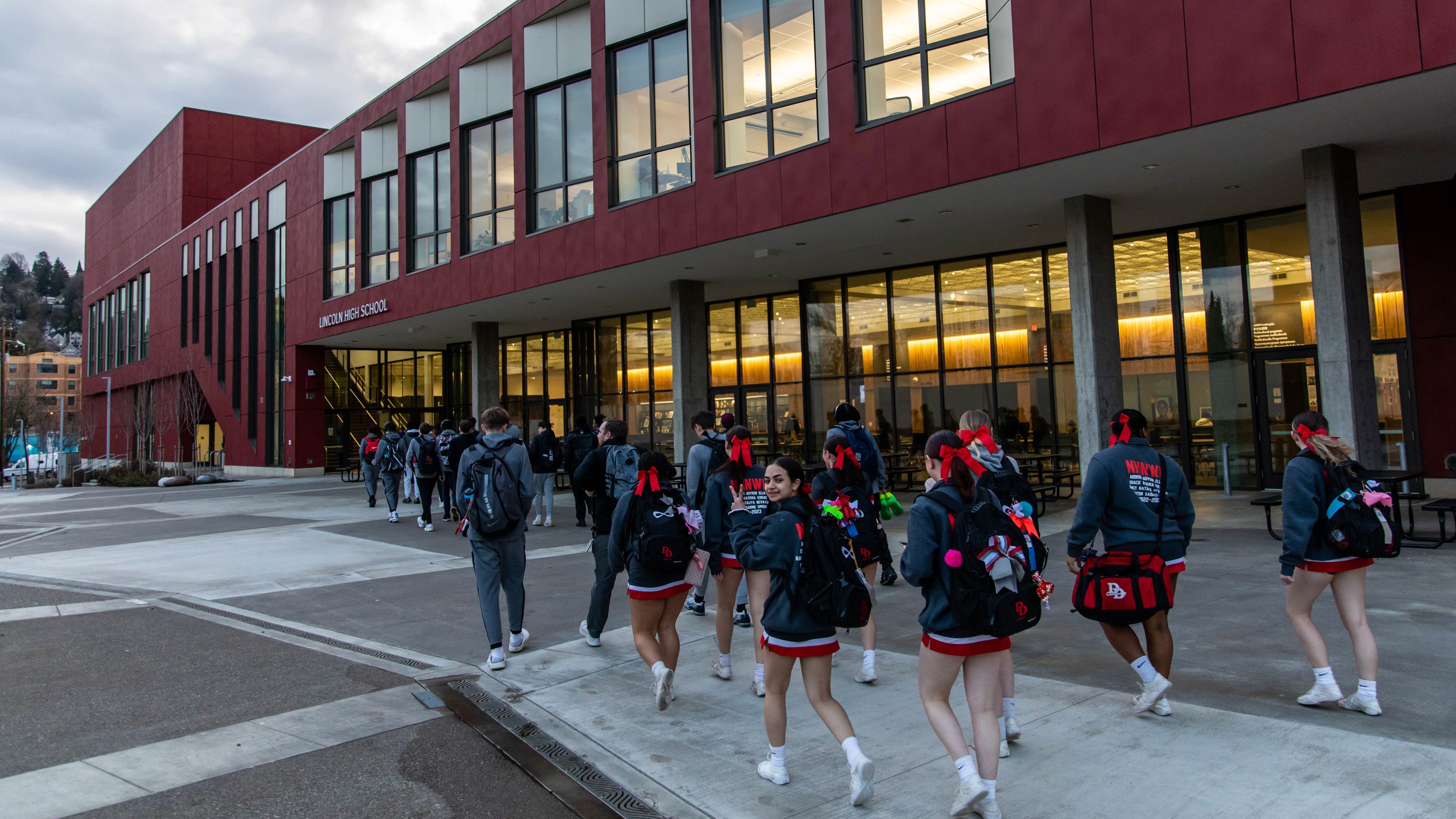In a newly released calculation, Portland State University researchers forecast that Portland Public Schools enrollment will decline by nearly 15% in the next decade.
That preliminary enrollment forecast data is based on the Oct. 1 student head count the state’s largest school district provided to PSU’s Population Research Center. University researchers then factor in births and migration, among other variables.
PSU typically shows several enrollment scenarios in its reports but shared the middle forecast with WW. That forecast splits the difference between best- and worst-case scenarios. PSU researchers forecast the district will go from serving 43,375 students to 37,057 by the 2034–35 school year. That’s a loss of 6,318 students over the next 10 years—a 14.5% decline.
It’s a steeper decline than what the same number-crunchers produced last year. In that data set, based on 2023–24 enrollment data, PSU forecast 38,617 students at PPS during the 2034–35 academic year. The new figures are 4% lower than last year’s estimate.
It seems that one number has played a key role in the new forecast: Kindergarten enrollment isn’t rising in the ways forecasters predicted.
In the 2023–24 enrollment forecast, researchers projected 3,074 kindergartners attending PPS schools this academic year. In reality, the district reported 2,837, or about a 7% downward shift from the forecast.
Indeed, PPS’s 2024–25 academic year enrollment showed the biggest student population losses at the elementary level. There were 625 fewer students across grades K–5 and 158 fewer kindergarten students from the year before. These losses are part of a pattern that the district has witnessed for a number of years as Multnomah County loses young families to rising costs. Lower birth rates might also contribute to the drop (“Big Kid on Campus”, WW, April 12, 2023).
It appears that forecasters are taking that trajectory seriously. While they forecasted 3,115 kindergartners for the 2025–26 school year in last year’s report, they now forecast 2,767.
The 10-year forecast shared with WW is preliminary—the report won’t be finalized until June. Shawn Helm, a principal analytics and evaluation analyst for the school district, says he doesn’t expect any material differences in the final forecasts for the 2025–26 school year.
“For further-out years, I could imagine them changing slightly as [the population center] completes the school-level forecasts for more years out and reconciles those with this districtwide report,” Helm said.
Declining enrollment is a concern for the district’s funding; Oregon pays for each student PPS reports. It’s also a factor that has emerged amid the latest budget conversations. The district faces a $40 million shortfall in the 2025–26 academic year. Its first draft of reductions proposes cutting $12.2 million from the central administration budget and $29.1 million from school budgets.
The proposal could also impact 230 positions across the district, 207 of them at schools. Enrollment decline explicitly impacts about 15 of those positions in the proposal.
At a Wednesday press conference, Dr. Renard Adams, the district’s chief accountability and equity officer, said staff uses models to determine how declining enrollment will impact district operations.
“Our enrollment for next year is projected to decline by a little over 900 students,” Adams said. “[Modeling] shows us where we might not need as many staff members to students given our class-size ratio as we have in the past.”
Meanwhile, PPS has referred a $1.83 billion bond package to the May ballot, intended to modernize three high schools and improve conditions at a number of other school buildings.

